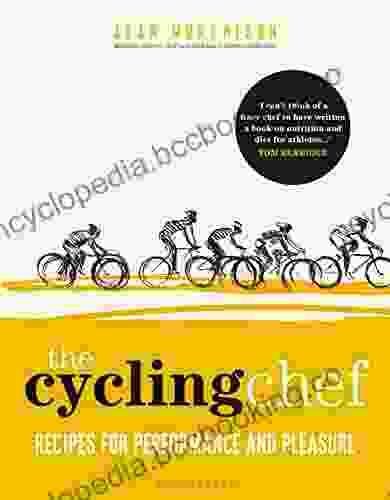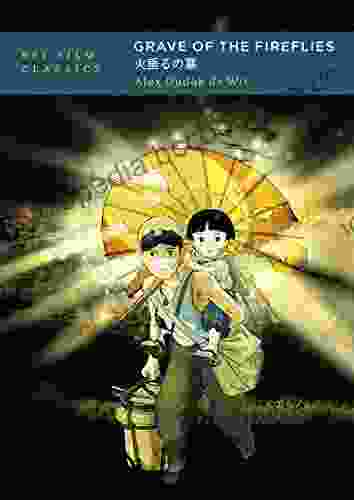Sustainable Fashion: Past, Present, and Future

The fashion industry is one of the most polluting industries in the world. It is responsible for 10% of global carbon dioxide emissions, 20% of industrial water pollution, and 25% of global pesticide use. The industry also produces a significant amount of waste, with an estimated 92 million tons of clothing being produced each year, and only 1% of that being recycled.
4.6 out of 5
| Language | : | English |
| File size | : | 10949 KB |
| Text-to-Speech | : | Enabled |
| Screen Reader | : | Supported |
| Enhanced typesetting | : | Enabled |
| Print length | : | 264 pages |
The environmental impact of fashion is a serious problem, and it is one that is only getting worse. As the global population grows and the demand for clothing increases, the industry's environmental footprint is only going to get larger.
The Past of Sustainable Fashion
The concept of sustainable fashion is not new. In fact, people have been practicing sustainable fashion for centuries. Traditional clothing practices in many cultures were often sustainable by necessity. Clothing was made from natural materials, such as cotton, wool, and silk, and was often produced locally. Clothing was also often repaired and reused, rather than being discarded.
The Industrial Revolution brought about a number of changes to the fashion industry. New technologies made it possible to produce clothing more quickly and cheaply, and the rise of consumerism led to increased demand for new clothing. These changes led to a decline in sustainable fashion practices.
The Present of Sustainable Fashion
In recent years, there has been a growing awareness of the environmental impact of fashion. This has led to a resurgence of interest in sustainable fashion. Today, there are a number of brands and designers who are committed to producing sustainable clothing. These brands use eco-friendly materials, such as organic cotton, recycled polyester, and bamboo. They also often use ethical production practices, such as paying fair wages to workers and ensuring that their factories are safe.
Sustainable fashion is still a niche market, but it is growing rapidly. As consumers become more aware of the environmental impact of fashion, they are increasingly looking for ways to shop more sustainably.
The Future of Sustainable Fashion
The future of sustainable fashion is bright. As the demand for sustainable clothing grows, more and more brands and designers will adopt sustainable practices. The industry will also continue to develop new technologies and materials that reduce the environmental impact of fashion.
There are a number of challenges that the sustainable fashion industry still faces. One challenge is the cost of sustainable materials. Eco-friendly materials are often more expensive than traditional materials, which can make sustainable clothing more expensive to produce. However, as the demand for sustainable clothing grows, the cost of eco-friendly materials is likely to come down.
Another challenge is the lack of awareness about sustainable fashion. Many consumers are still not aware of the environmental impact of fashion, and they may not be willing to pay more for sustainable clothing. However, as awareness about sustainable fashion grows, this is likely to change.
The future of sustainable fashion is bright. As the demand for sustainable clothing grows, the industry will continue to develop new technologies and materials that reduce the environmental impact of fashion. Consumers will become more aware of the environmental impact of fashion, and they will increasingly look for ways to shop more sustainably.
5 Ways to Shop More Sustainably
- Buy less clothing. The fewer clothes you buy, the less impact you have on the environment.
- Buy high-quality clothing that will last. Cheap clothing is often made from poor-quality materials that will quickly fall apart. Buying high-quality clothing that will last longer is a more sustainable option.
- Buy clothing made from sustainable materials. Look for clothing made from organic cotton, recycled polyester, or bamboo. These materials are more eco-friendly than traditional materials.
- Buy clothing from ethical brands. Support brands that are committed to ethical production practices. These brands pay fair wages to workers and ensure that their factories are safe.
- Repair and reuse clothing. Don't throw away clothing that is damaged or outdated. Repair it or reuse it in a new way.
Sustainable fashion is an important part of a sustainable future. By making small changes to our shopping habits, we can reduce the environmental impact of fashion. We can all make a difference.
Related Articles
- The Environmental Impact of Fashion
- Sustainable Fashion: A Guide for Consumers
- The Future of Sustainable Fashion
Recommended Books
- Sustainable Fashion: Past, Present, and Future by Kate Fletcher and Lynda Grose
- The Conscious Closet: A Guide to Ethical Fashion by Elizabeth Cline
- Fashion Revolution: The Future of Fashion is Sustainable by Orsola de Castro
4.6 out of 5
| Language | : | English |
| File size | : | 10949 KB |
| Text-to-Speech | : | Enabled |
| Screen Reader | : | Supported |
| Enhanced typesetting | : | Enabled |
| Print length | : | 264 pages |
Do you want to contribute by writing guest posts on this blog?
Please contact us and send us a resume of previous articles that you have written.
 Book
Book Novel
Novel Page
Page Chapter
Chapter Text
Text Story
Story Genre
Genre Reader
Reader Library
Library Paperback
Paperback E-book
E-book Magazine
Magazine Newspaper
Newspaper Paragraph
Paragraph Sentence
Sentence Bookmark
Bookmark Shelf
Shelf Glossary
Glossary Bibliography
Bibliography Foreword
Foreword Preface
Preface Synopsis
Synopsis Annotation
Annotation Footnote
Footnote Manuscript
Manuscript Scroll
Scroll Codex
Codex Tome
Tome Bestseller
Bestseller Classics
Classics Library card
Library card Narrative
Narrative Biography
Biography Autobiography
Autobiography Memoir
Memoir Reference
Reference Encyclopedia
Encyclopedia Adrian Wilson
Adrian Wilson Adeline Yen Mah
Adeline Yen Mah Agnes Hsu
Agnes Hsu Alan Wieder
Alan Wieder Alan Murphy
Alan Murphy A J Mackenzie
A J Mackenzie Adam Burningham
Adam Burningham Adrienne Rawlinson
Adrienne Rawlinson A J Stewart
A J Stewart Adam Gibson
Adam Gibson Aleksandr Solzhenitsyn
Aleksandr Solzhenitsyn Adam Fortunate Eagle
Adam Fortunate Eagle Alan Greenspan
Alan Greenspan Alan Huffman
Alan Huffman Adrian Wallwork
Adrian Wallwork Alan Maimon
Alan Maimon Abigail Burd Lcsw Pmh C
Abigail Burd Lcsw Pmh C Alessandra Belloni
Alessandra Belloni A K Williams
A K Williams Aldous Huxley
Aldous Huxley
Light bulbAdvertise smarter! Our strategic ad space ensures maximum exposure. Reserve your spot today!
 Ralph Waldo EmersonFollow ·12.1k
Ralph Waldo EmersonFollow ·12.1k Joseph HellerFollow ·13.9k
Joseph HellerFollow ·13.9k Jason ReedFollow ·14.3k
Jason ReedFollow ·14.3k Harrison BlairFollow ·7.5k
Harrison BlairFollow ·7.5k Aaron BrooksFollow ·5.7k
Aaron BrooksFollow ·5.7k Clark CampbellFollow ·19.4k
Clark CampbellFollow ·19.4k Isaac MitchellFollow ·6.7k
Isaac MitchellFollow ·6.7k Jack LondonFollow ·11k
Jack LondonFollow ·11k
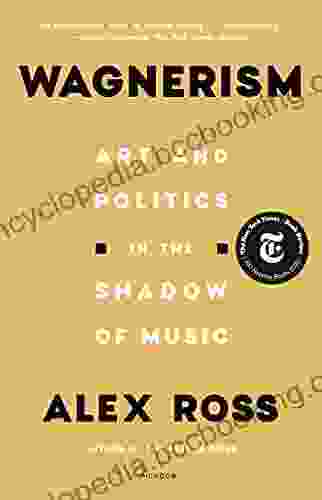
 Francis Turner
Francis TurnerArt and Politics in the Shadow of Music
Music has...
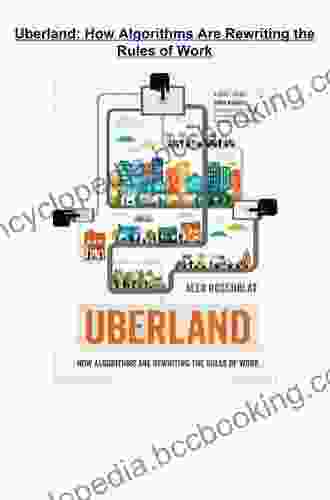
 Jaylen Mitchell
Jaylen MitchellHow Algorithms Are Rewriting The Rules Of Work
The workplace is...

 Chandler Ward
Chandler WardRio de Janeiro & Minas Gerais Footprint Handbooks:...
Embark on an extraordinary adventure through...
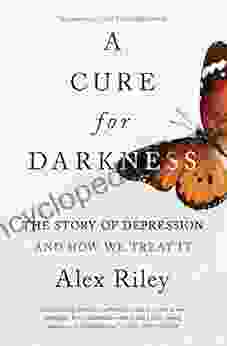
 David Mitchell
David MitchellThe Story of Depression: Understanding and Treating a...
Delving into the Shadows of...
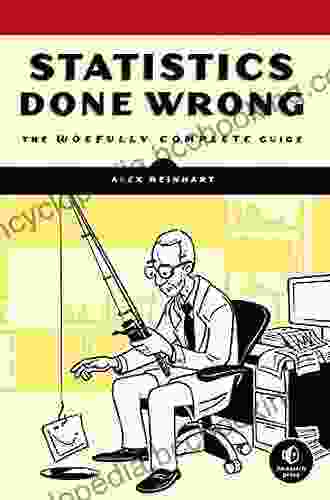
 Al Foster
Al FosterStatistics Done Wrong: The Woefully Complete Guide
Tired of being...

 DeShawn Powell
DeShawn PowellJulia Child's Second Act: A Tale of Triumph,...
Julia Child is an...
4.6 out of 5
| Language | : | English |
| File size | : | 10949 KB |
| Text-to-Speech | : | Enabled |
| Screen Reader | : | Supported |
| Enhanced typesetting | : | Enabled |
| Print length | : | 264 pages |



